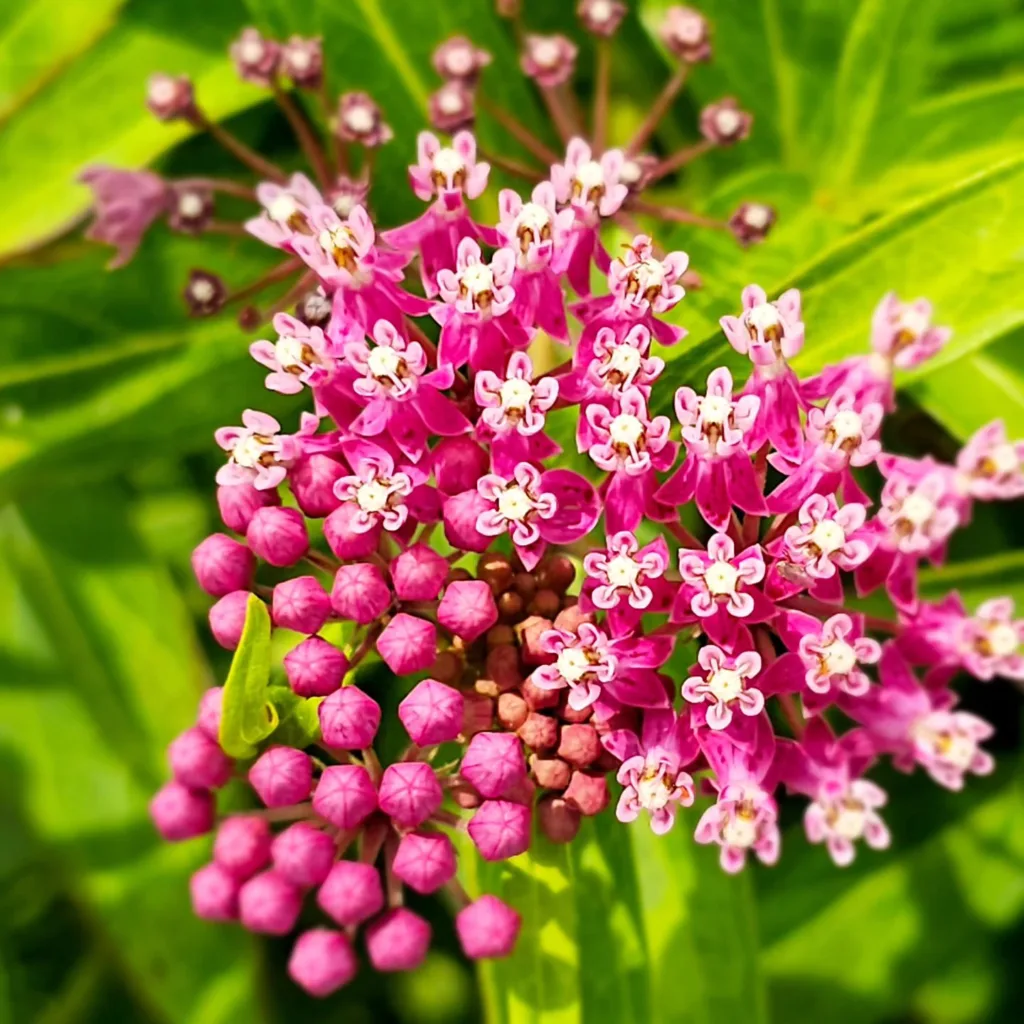
Discovering Cuphea Vermillionaire: My Journey with This Unique Plant
As an avid gardener, I am always on the lookout for interesting and unique plants to add to my collection. One of my recent discoveries is the Cuphea Vermillionaire, a striking and resilient plant that has quickly become a favorite in my garden. In this article, I’ll share my experiences and insights about this remarkable plant, addressing some common questions and concerns that fellow gardeners might have.
253 Species in Genus Cuphea
Is Cuphea Vermillionaire Deer Resistant?
One of the first questions I had when I introduced Cuphea Vermillionaire to my garden was about its deer resistance. Living in an area where deer are frequent visitors, it’s crucial for me to choose plants that can withstand their occasional browsing.
To my delight, Cuphea Vermillionaire has proven to be quite deer resistant. Deer tend to avoid this plant, possibly due to its slightly sticky foliage and tubular flowers. This has made it an excellent choice for my garden, allowing me to enjoy its vibrant blooms without worrying about them becoming a snack for the local wildlife.
Are Vermillionaire Cuphea the Same as Ignea?
Another point of curiosity for many gardeners is the relationship between Vermillionaire Cuphea and Cuphea Ignea. Initially, I was also confused about whether they were the same plant or different varieties.
While both plants belong to the same genus, Cuphea, they are indeed different species. Cuphea Vermillionaire is a specific cultivar known for its profuse blooming and compact growth habit. On the other hand, Cuphea Ignea, commonly known as the cigar plant, has similar tubular flowers but tends to have a slightly different growth pattern and flower color. Understanding this distinction helped me appreciate the unique characteristics of each plant and choose the one that best suited my garden’s needs.
How Much Cold Can Cuphea Vermillionaire Tolerate?
Given the variable climate in my region, knowing the cold tolerance of Cuphea Vermillionaire was essential. This plant is known for its heat tolerance, but it’s also important to understand its limits in colder temperatures.
Cuphea Vermillionaire is generally hardy in USDA zones 8-11. It can tolerate light frosts, but prolonged exposure to temperatures below 32°F (0°C) can damage or kill the plant. In my experience, providing a layer of mulch around the base of the plant can help protect the roots during unexpected cold snaps. For gardeners in colder climates, it’s advisable to treat Cuphea Vermillionaire as an annual or grow it in containers that can be brought indoors during the winter months.
Why Isn’t Cuphea Vermillionaire Blooming?
One of the most disheartening experiences for a gardener is when a beloved plant fails to bloom. I encountered this issue with my Cuphea Vermillionaire and took several steps to diagnose and address the problem.
Firstly, ensuring the plant receives enough sunlight is crucial. Cuphea Vermillionaire thrives in full sun to partial shade, and inadequate light can significantly impact blooming. Additionally, checking the soil conditions is important. This plant prefers well-draining soil and can suffer if it remains waterlogged. Over-fertilizing can also hinder blooming, so using a balanced, slow-release fertilizer sparingly is recommended.
Pruning can also stimulate new growth and flowering. I found that trimming back the plant after an initial flush of blooms encouraged a more vigorous and prolonged blooming period. By addressing these factors, I was able to restore my Cuphea Vermillionaire to its full, blooming glory.
How to Care for Cuphea Vermillionaire?
Caring for Cuphea Vermillionaire is relatively straightforward, but a few key practices can ensure it thrives in your garden.
- Watering: While this plant is drought-tolerant once established, regular watering is essential during its initial growth phase. Water deeply but allow the soil to dry out between waterings to prevent root rot.
- Fertilizing: Use a balanced, slow-release fertilizer to support growth and blooming. Avoid over-fertilizing, as this can lead to lush foliage at the expense of flowers.
- Pruning: Regular pruning helps maintain the plant’s shape and encourages more blooms. Remove spent flowers and trim back leggy growth as needed.
- Pests and Diseases: Cuphea Vermillionaire is generally pest-resistant, but keeping an eye out for common garden pests like aphids and spider mites is still a good practice.
Where to Buy Cuphea Vermillionaire?
Finding Cuphea Vermillionaire can sometimes be a challenge, especially if you’re looking for high-quality plants. I recommend checking with local nurseries and garden centers first, as they often carry a variety of seasonal plants. Additionally, many online nurseries specialize in unique and hard-to-find plants, providing a convenient option for those who can’t find what they’re looking for locally.
In conclusion, Cuphea Vermillionaire has been a delightful addition to my garden, offering vibrant color and reliable performance. With its deer resistance, unique characteristics, and manageable care requirements, it’s a plant that I highly recommend to fellow gardeners looking to add a touch of brilliance to their landscapes.
If i die, water my plants!



